3D Potter’s technology facilitates clay 3D printing
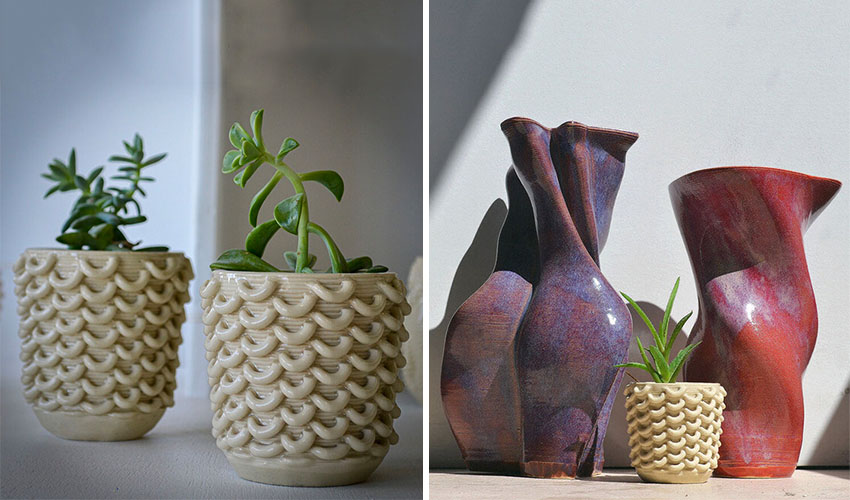
3D Potter, based in Florida, manufactures dedicated ceramic 3D printers that can use real clay. Their 3D printers use a cardinal axis system, rather than a Delta printer configuration, which allows precise control with minimal effort to be achieved. The company is working with many clients, especially universities for projects that will benefit from their unique technology. In order to learn more about 3D Potter and understand a bit more about the technology behind its range of clay 3D printers, we met with Dan Defelici, the owner of 3D Potter.
3DN: Can you present yourself and tell us how 3D Potter came about?
My name is Dan Defelici and I am the owner and proprietor of 3D Potter, Inc. I have had many businesses in the past including yacht building and aircraft manufacturing. I’ve always been amazed with robotics and was following very closely the launch of the early and easily accessible 3D printing technology a handful of years ago.
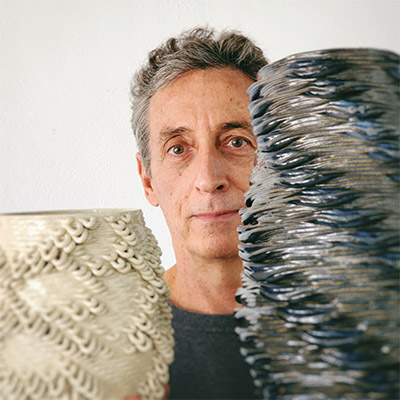
Danny Defelici
I have always had an artistic tendency and I was following the very early stages where people were attempting to use ceramics in 3D printing. At that time I was just experimenting for myself and had plenty of extra parts laying around to design a new extruder. After a couple of days I was able to produce a working clay extruder that was different from everything else I saw previously because it was capable of extruding real clay and not some diluted paste that only resembled clay. After producing this unique extruder coupled to a very innovative upside-down 3D Delta printer, I had several people ask if I could make them one also. And that’s how the business really started.
3DN: Can you tell us more about 3D Potter’s technology? What are its benefits?
The benefit of this new technology is the ability of the extruders to print directly from the extruder nozzle using real clay. I emphasize real clay because there’s no large quantities of water or alcohol mixed in with the clay so you get a much better material. This also gives us the ability to print much faster with huge nozzles up to 1 inch in diameter. Our extruders and machines are capable of printing objects up to 48 inches tall and more. This just isn’t possible with other types of thin clay with complicated hoses and air compressors.
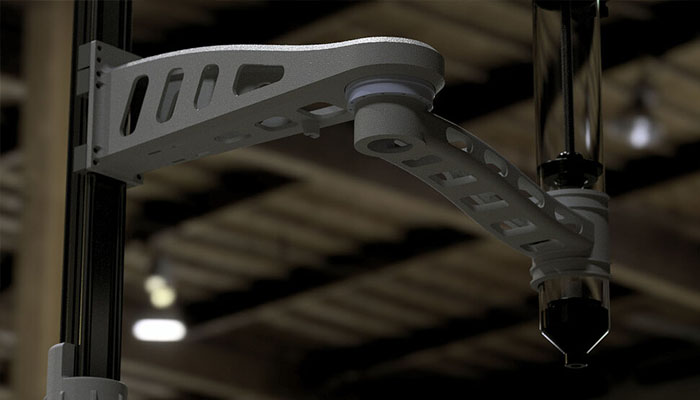
The extruder on the 3D printer | Credits: 3D Potter
3DN: For what applications would you use a clay 3D printer? Who are your clients?
We have more than 500 clients primarily in the universities where we have excellent relationships with the art studios at the schools and private studios as well. At the same time a lot of our larger printers are now going to architectural departments. Our large printers and continuous flow pumps are printing large architectural projects including cement structures. We also have a handful of artists now that are actually making a business utilizing our printers and produce unique ceramic objects for sale. The benefit of our printers is that you can print multiple objects extremely fast and generate income.
3DN: Can you tell us more about your project with Emerging Objects, Mud Frontiers?
We have been collaborating with Emerging Objects for many years now. Professor Ronald Rael and I have worked on many projects. Mud Frontier was the combination of putting together one of our larger Scara ceramic robots and using a specialized continuous flow pump with adobe mixtures. The results were perfect in every way we had hoped. This is only the beginning of our collaboration with Emerging Objects, there is so much more we can do with this type of technology. We currently have machines that are capable of small habitats utilizing a small footprint in an easily transportable machine. The future of fully sustainable 3D printed homes is now.
3DN: What is your vision of the AM market, in particular ceramic 3D printing?
We are pursuing the AM market aggressively in multiple directions at the same time. Not only do we have the most sophisticated ceramic 3D printer on the market, but we can utilize it with many different types of materials. We’re transferring the proven technology to our newest printers coming out. We are the strongest player in the ceramic 3D printing arena but also we are branching off into 3D printing other types of materials including metals, technical ceramics, and more.
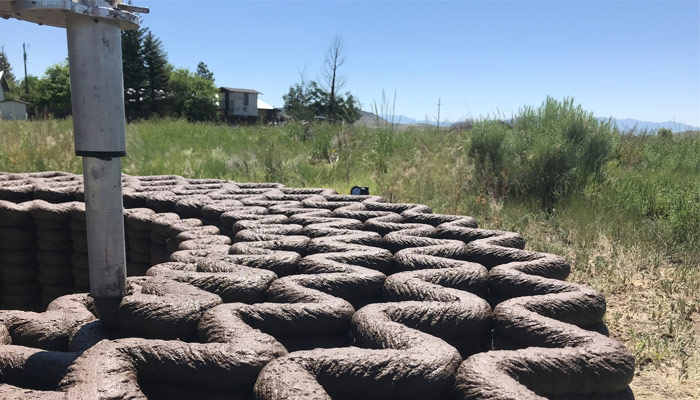
3D printing of the hut for the Mud Frontiers projects | Credits: Rael San Fratello
3DN: Any future projects?
We have recently branched off with our new company, Metallic 3D. In cooperation with one of Europe’s largest manufacturers of metal feedstock, we are now capable of producing metal objects and technical ceramics. We are not limited to one or two metal types but virtually any powder metal material is feasible with our new technology.
Our machines, that we are using for metal printing, will also be capable of biomedical 3D printing. These new printers are highly accurate and capable of a wide range of medical materials. We have many industrial and medical companies calling us for all sorts of different applications.
And at last, our largest Scara robotic arms are venturing into the robotic industry, even though they were designed for the 3D ceramic segment they have grown in size and strength. These are affordable industrial robots for any advanced application now.
You can find more information on 3D Potter HERE.
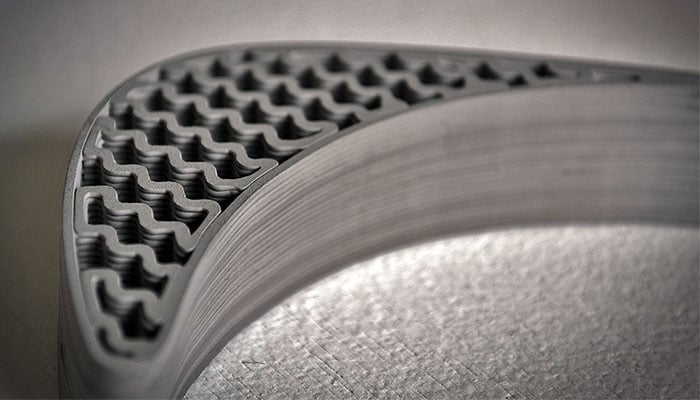
3D Potter’s 3D printer can achieve high resolution in clay 3D printing | Credits: 3D Potter
What do you think of 3D Potter? Let us know in a comment below or on our Facebook and Twitter page! Don’t forget to sign up for our free weekly Newsletter, with all the latest news in 3D printing delivered straight to your inbox!






